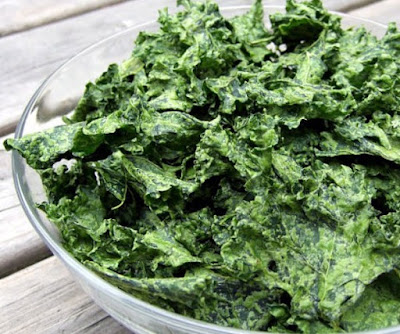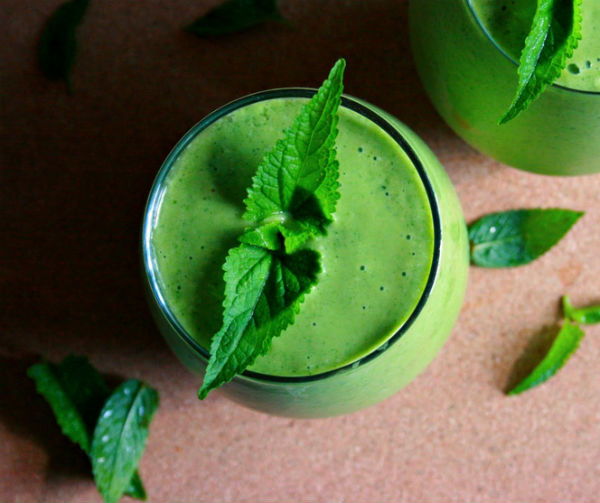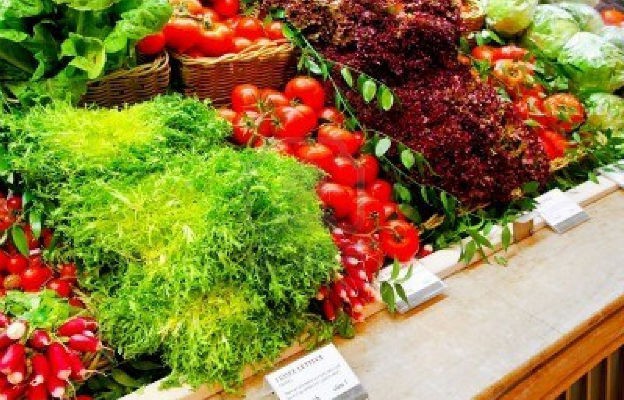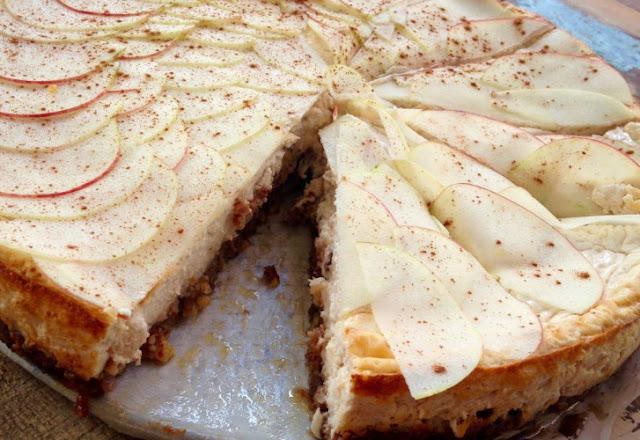First a unexpected fact: tomato ketchup is healthier than a fresh tomato in some ways. Huh? Jaha, because during the production of ketchup tomato to be destroyed at the cellular level (what happens during cooking), you can record more of the healthy substance lycopene than a raw tomato. For you now going to eat anything with a tablespoon of ketchup: remember that ketchup contains a lot of sugar, almost a lump of sugar per tablespoon. Not only tomatoes belong on the FoodExplorer list of alternative superfoods, including kale, almonds and avocados are, in our superfoods. For our definition of superfoods click here.
What's in tomatoes?
The most notable nutrients lycopene, phytoene and phytofluene. They all belong to the carotenoids and are powerful antioxidants. Lypoceen is the natural pigment in tomatoes that makes them red (so choose tomatoes that are as red as possible!). They are especially well absorbed when tomatoes heat and eat in combination with fats such as olive oil or oily fish. In addition, tomato also contains, inter alia, vitamin B1, B2, B6, vitamin C, vitamin A, folic acid, iron and calcium.
What's good about tomatoes?
The antioxidants such as lycopene in tomatoes are good for your skin and eyes and protect against the sun. Antioxidants eliminate damage being caused by harmful influences, including by harmful influences of for example exhaust gases. The damage can cause in sunlight UV radiation in the skin cells can be reversed by an anti-oxidant as lycopene. You do have the appropriate food combined with fats (ie tomato sauce with a tablespoon of olive oil, tomato or in combination with oily fish) because the active substance otherwise not absorbed by your body.
Vitamin B1, B2, B6 and Vitamin C, provide for the production of blood cells, which help blood cells to carry oxygen and CO2 and are involved in cell metabolism, thus have a positive influence on the cardiovascular system. The combination of lycopene, phytoene and phytofluene in tomato also seems to have influence on the formation of cancer, according to research. There are signs that especially phytofluene can help to prevent prostate cancer in men, which seems at least in experimental animals to be. The glycemic index (1 is lowest, 100 the highest) of tomatoes is 15, which means it is slowly broken down and your blood sugar levels do not skyrocket.
















